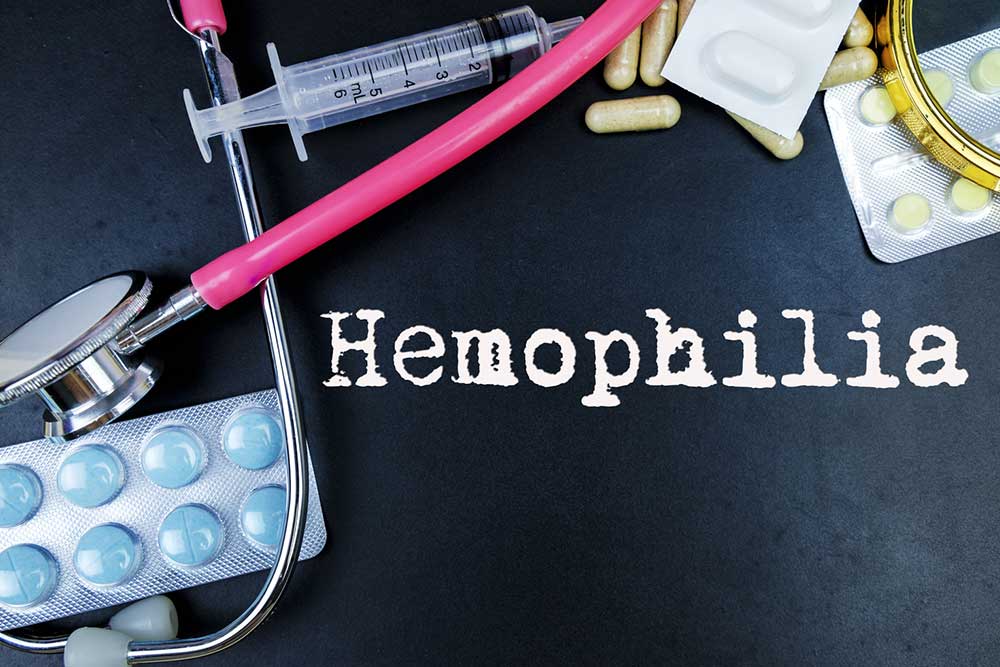Comprehensive Guide to Hemophilia B: Essential Facts and Management Strategies
This comprehensive guide provides in-depth insights into Hemophilia B, exploring its genetic basis, symptoms, and advanced management strategies. Learn how specialized care and emerging therapies can help patients lead fuller lives despite the challenges posed by this hereditary bleeding disorder.

A Complete Overview of Hemophilia B: Critical Facts You Need to Know
Hemophilia B, a hereditary bleeding disorder, is characterized by a deficiency in clotting factor IX, which plays a vital role in blood clot formation. Unlike common bleeding, individuals with Hemophilia B experience spontaneous and prolonged bleeding episodes that can significantly impair daily life if not properly managed. Though it bears similarities to Hemophilia A, which affects a larger proportion of the affected population, Hemophilia B remains less common but equally impactful. It is a complex condition, requiring careful diagnosis, ongoing management, and specialized care. In this detailed guide, we explore essential insights into Hemophilia B, including its genetic basis, symptoms, treatment options, and the importance of multidisciplinary care approaches to improve patient outcomes.
Hemophilia B primarily results from genetic mutations linked to the X-chromosome, making males more susceptible due to their XY chromosomal makeup. Females possess two X chromosomes, which usually reduces their risk of developing the disorder, but they can still be carriers. Carriers may pass the defective gene to their children, making genetic counseling an essential aspect of managing hereditary risks.
Symptoms of Hemophilia B include spontaneous bleeding episodes such as frequent nosebleeds, excessive bleeding from minor cuts, and bleeding in internal organs like the stomach and urinary tract. Patients often report large bruises, bleeding into joints and muscles resulting in pain and swelling, and prolonged bleeding after dental surgeries or injuries. Recognizing these signs early is crucial for timely intervention.
Effective management strategies focus on controlling bleeding episodes, preventing complications, and improving quality of life. This includes the use of factor IX replacement therapy, which involves infusing missing clotting factor to promote normal clotting action.
Each treatment plan is tailored to severity; mild cases may require on-demand therapy, while severe cases often benefit from prophylactic treatment – regular infusions of factor IX to prevent spontaneous bleeds before they happen.
In addition to factor replacement, other therapeutic options include the use of clotting agents, antifibrinolytics, and emerging treatments such as gene therapy, which shows promise for long-term management in the future.
Specialized hemophilia treatment centers are equipped with multidisciplinary teams including hematologists, orthopedic surgeons, physiotherapists, and psychologists. These centers provide comprehensive care that addresses medical, physical, and emotional needs of patients, ensuring a holistic approach to treatment and lifestyle management.
Overall, understanding the complexities surrounding Hemophilia B and adopting a proactive, multidisciplinary approach are key in managing this condition effectively. Advances in medical research continue to improve therapeutic options, offering hope for better quality of life to those affected by this hereditary disorder.





